Testing the Blue: Ancient Egyptian Alchemy
Stephen S. Mehler, M.A.
Assisted by George T. Bayer, Ph.D.
I have often stated in the last few years that the definitive book on alchemy has yet to be written. This is primarily because the actual practices, procedures and true origin of the system have also not been correctly delineated. Webster’s New Collegiate Dictionary defines the word alchemy in two ways: "the medieval chemical science, the great objects of which were to transmute base metals into gold," and "the power to transform, or act of transforming,replica rolex watches something common into something precious." I consider the first definition to be superfluous, which I will address, but the second definition will be paramount to the meaning of this article as to the true ancient practice.
For the past fourteen years, I have been fortunate to work with, be a student of, Egyptian-born Egyptologist and indigenous wisdom keeper Abd’El Hakim Awyan (see Figure 1)—a collaboration which has resulted in my two books, The Land of Osiris (Adventures Unlimited Press 2001) and From Light Into Darkness (Adventures Unlimited Press 2005). Hakim and I have created a new discipline, Khemitology, as opposed to the outdated and incorrect term "Egyptology." The ancients called their civilization KMT, which I have rendered as Khemit (thus the discipline of Khemitology), which meant "The Black Land" to describe the rich, dark alluvial soil full of silt from the river Nile when she floods knock off sunglasses, the basis of the civilization. Egypt is based on the Greek term Aegyptos and only referred to the early dynastic site of Memphis (Men-Nefer), not the whole civilization. The term "Aegyptos" only came into being around 200 BC, while the term KMT is thousands of years older.
Since one of the Arabic terms for modern Egypt is Al-Khem, it is obvious to me that this is where the word "alchemy" comes from. I would, therefore, define alchemy as: "The arts and sciences of ancient Khemit, the knowledge of which was handed down to the Greeks and Romans, and became the basis of medieval alchemy and chemistry." The idea that alchemy was simply to transform base metals into gold is a limited understanding, but the second definition offered by Webster’s, that of transforming something common to something precious, is very pertinent to this study. I would also add that the "act of transforming" involves processes that can be termed as "magic" or "magical," in that the resulting "precious" material is not understood by the normal paradigms of chemistry. This article will demonstrate that phenomena.
In the process of our fieldwork, which resulted in the first book, The Land of Osiris, Hakim posited a challenge for me. He stated that the blue pigment or dye used by the very ancient Khemitians on temple walls, pots and other ceramics is unknown to modern Egyptologists and scientists today. He clearly differentiated between the blue replica uhren of the very ancient Khemitians, over 5,000 years ago (and much older), and some of the blue faience used by the so-called "dynastic" Khemitians in historical periods around 2000 BC to the Common Era.
In 1997 in the field with Hakim, I was able to gather four samples of Khemitian blue pigment on potshards and artifacts at two different sites. Hakim took me to the site of Karanis, near The Fayum in Northern Egypt, a known Ptolemaic (Greek) city of ancient Khemit. Hakim maintained that Karanis was built over an even more ancient prehistoric Khemitian site and that we might find some interesting artifacts there. I gathered three samples at this site (known in this study as Samples 1, 2 and 3), and later Hakim found another sample (known as Sample 4 in this study) at the well known site of Giza. I recognized the first three samples as possibly being "dynastic," from historical times, but Hakim indicated that the sample found at Giza was an example of the ancient Khemitian blue. Hakim maintained the blue pigment used by the ancient Khemitians over 5,000 years ago was not composed of lapis lazuli or cobalt—meaning that the blue was not a result of a compound of copper (i.e., copper sulfate), the common source of blue pigment in ancient cultures. We collected the samples and I put the project on the back burner for several years, knowing that access to sophisticated scientific analysis would be necessary utilizing expensive techniques such as scanning electron microscopy and x-ray spectrometry, and I did not have the contacts with the necessary people or equipment to perform these tasks.
In early 2002, I was contacted by Dr. John DeSalvo, Director replica orologi of the Great Pyramid of Giza Research Association (www.gizapyramid.com). Dr. DeSalvo had made acquaintance with my friend and colleague Christopher Dunn (The Giza Power Plant, Bear & Co., 1998). Dr. DeSalvo asked me to join his organization and I, along with Dunn, became the Directors of Research of the GPGRA in 2002. This is a unique organization with such people on our Advisory Board as John Anthony West, Dr. Patrick Flanagan, Joe Parr, Dr. J.J. Hurtek, Dr. Volodymyr Krasnoholovets, and David Hatcher Childress, among others.
Because of my association with the GPGRA, another important connection was made in early 2004. I was contacted by Dr. George T. Bayer, who had read by first book and was very interested in the Great Pyramid and our research. Dr. Bayer said he had access to the instruments that were necessary to fully test the blue and kindly offered his services to aid the research. Finally, in 2005 I was able to send the samples to Dr. Bayer. Through my impetus, Dr. Bayer was also made a member of the Advisory Board of the GPGRA.
Dr. George T. Bayer is a unique individual with an extraordinary background. He holds four degrees, a B.S. and M.S. in Chemistry and an M.S. in Energy Resources and Metallurgical Engineering, all from the University of Pittsburgh, and a Ph.D. in Engineering from Kennedy-Western University. Dr. Bayer is currently Senior Materials Engineer and Group Manager at Matco Associates, a materials testing laboratory in Pittsburgh, PA. Dr. Bayer has many areas of expertise, including scanning electron microscopy and energy dispersive x-ray spectrometry—just the areas needed to test the blue pigment. Furthermore, Dr. Bayer offered his time and use of expensive testing equipment at no cost to me or the organization. Dr. Bayer also sent a section of Sample 4 to a colleague, Dr. William E. Mayo, Senior Scientist of H & M Analytical Laboratories, for further testing and analysis .
After performing all the tests, and even retesting, Dr. Bayer sent the results to me in early 2006. The analyses were interesting and followed my own predictions based on Hakim’s teachings for what would be found. Sample 1 (see Figure 2) was a good example of blue faience pigment used throughout the dynastic Khemitian period (ca 3000-33 BC) and contained copper compounds that produced the color, as both Hakim and I thought it would. Sample 2 (Figure 3) and Sample 3 (Figure 4) also were dynastic pieces and contained no significantly large amounts of copper, so the pigmentation sources are unknown but may be due to trace compounds of copper. It was Sample 4, a potshard that Hakim had indicated contained the ancient blue of prehistoric Khemit, that produced the most interest and surprise (see Figures 5, 6 & 7). Figure 8 shows a table of the semi-quantitative elemental analysis of the samples, with the numerical results provided as a percentage by weight of the chemicals indicated.
The surface pigment of Sample 4 contained barium, both as a compound, barium sulfate (40 % by weight) and elemental barium (2 %). Not only was the Barite (barium sulfate) a surprise as being the main compound in the blue pigment, but the presence of elemental barium in a still unoxidized state almost completely baffled the chemists involved in the tests. Chemically active elements such as barium react with oxygen in order to form oxides and do not remain in the elemental state. To quote Dr. Bayer:
"Equally surprising in the analysis of the blue pigment in the Giza Plateau Sample 4 is the presence of approximately two percent weight of elemental (metallic) barium not combined as a chemical compound. Elemental barium is not normally found in its uncombined elemental form on earth (emphasis mine). One can only speculate on this surprising result."
Here then are Dr. Bayer’s conclusions at this point in time:
"The chemical analysis of Stephen Mehler’s Karanis Samples 1, 2 and 3, and Giza Plateau Sample 4 has revealed a mix of both expected and very curious results. The Egyptian blue glaze on Karanis Sample 1 is not surprising, as [are] the elemental clues found to support the efflorescence technique used to produce coloration on Karanis Sample 2 and 3, although the color may be due to trace elements. The blue glaze or pigment on Mehler’s Giza Plateau Sample 4 is an enigma (emphasis mine) if this glaze originated in the Nile Valley. The high percentage of Barite (barium sulfate) has not been found as an Egyptian pigment in previous studies, and the presence of elemental barium raises some interesting questions, as it is not normally found in this state in nature."
These results, although quite surprising to the chemists involved, were not at all surprising to Abd’El Hakim when I discussed them with him in July 2006. He always indicated to me that the source of the blue would be unknown or hard to understand for modern scientists. Hakim also indicated that the ancient Khemitian blue was related to the Neters Wizzer (Osiris) and Ptah, and that they were connected to the star system of Sirius. The ancient Khemitians were obsessed with Sirius—their term for Sirius was Sa-Ptah, which meant the "Birthplace of Ptah." Does the secret of the blue have an extraterrestrial solution? Again, Dr. Bayer’s statement, "Elemental Barium is not normally found in its uncombined elemental form on earth" does tend to leave the door open to this possible conclusion.
Perhaps the source of the ancient Khemitian blue was not an extraterrestrial one, but what this study has established is that the process of producing the blue was certainly an outstanding example of true alchemy—the arts and sciences of ancient Khemit—produced by a people operating with full capacity, full consciousness, who developed a spiritual science that we only can view with limited understanding today. This study is only the beginning, the tip of the iceberg, in applying the techniques of modern science to further illuminate how advanced and sophisticated the very ancient Khemitians were—much more work in this area should follow.
Figure
1—Author and Abd’El Hakim at the Mena House,
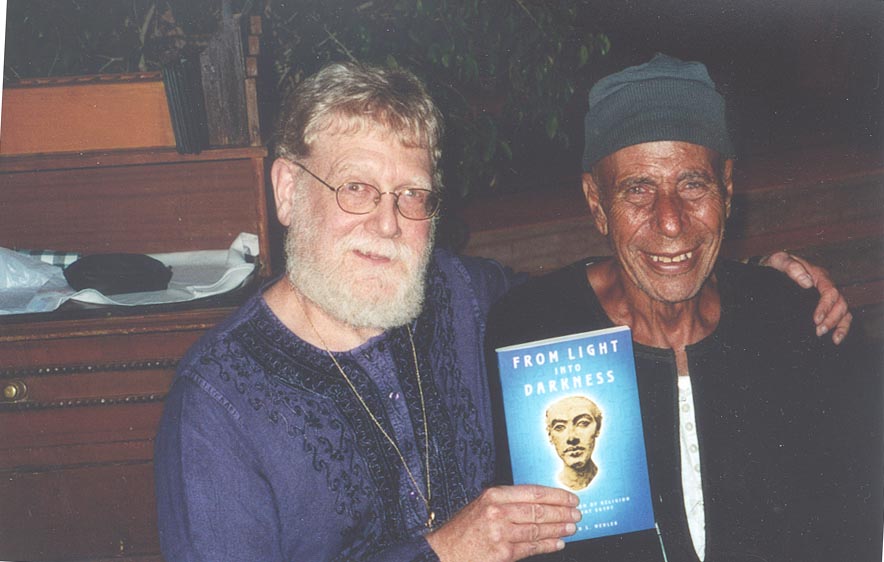
Figure 2—Sample 1 Karanis. 2006. Photo by George T. Bayer.
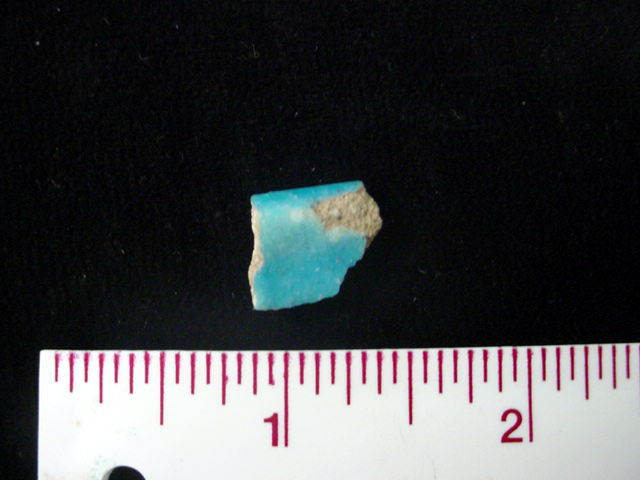
Figure 3—Sample 2 Karanis. 2006. Photo by George T. Bayer.
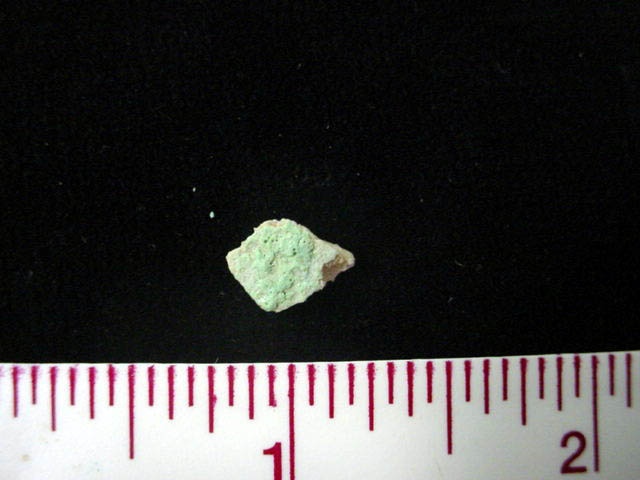
Figure 4—Sample 3 Karanis. 2006. Photo by George T. Bayer.
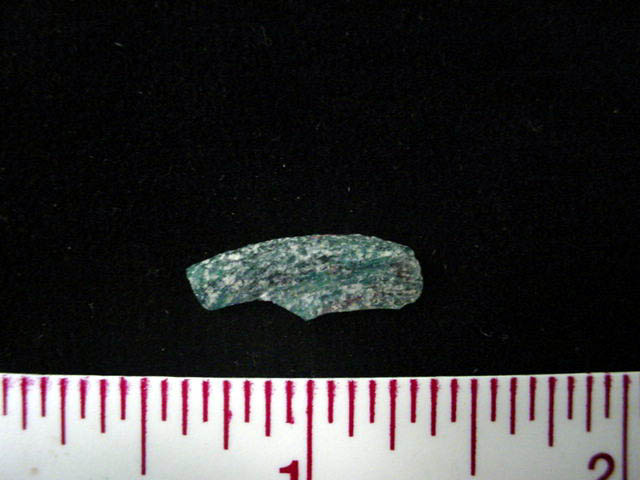
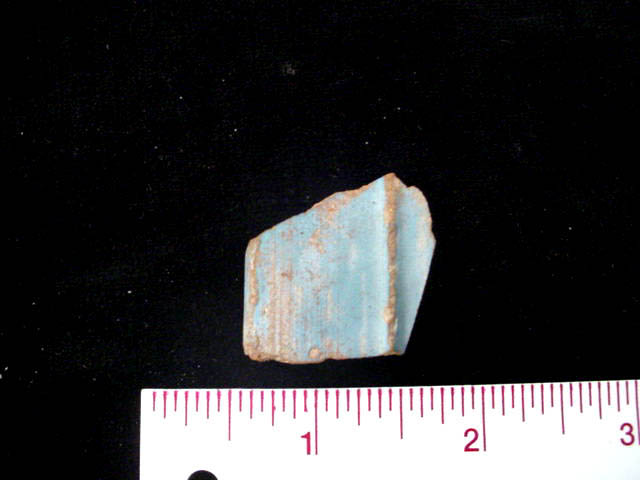
Figure 6—Sample 4 Giza, back. 2006. Photo by George T. Bayer.
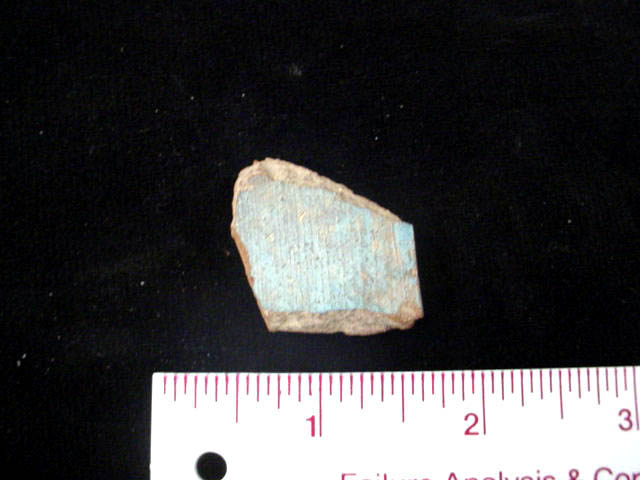
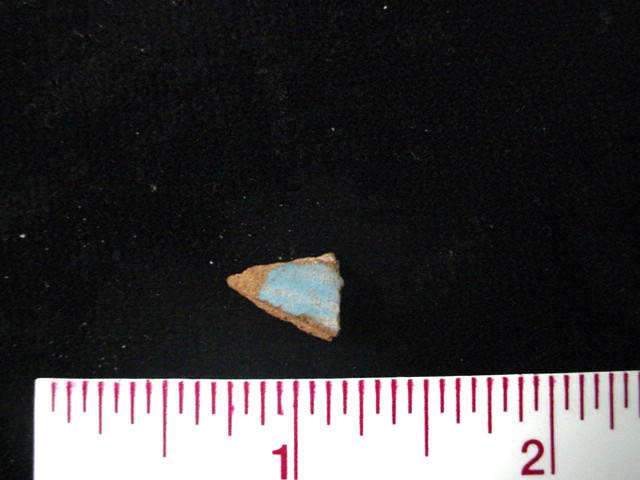
Figure
8—Table of Elemental Analysis of Samples by weight. 2006. Prepared by George
T. Bayer.
|
Chemical Element (Symbol) |
Karanis Sample
1 (blue
glaze) |
Karanis Sample
2 (green
glaze) |
Karanis Sample
3 (surface) |
Sample
4 (blue
glaze) |
Sample
4 (pottery) |
|
Sodium (Na) |
2.5% |
3.1% |
3.9% |
2.8% |
3.2% |
|
Magnesium (Mg) |
1.0% |
0.8% |
0.5% |
0.6% |
3.1% |
|
Aluminum (Al) |
2.6% |
4.5% |
4.3% |
2.3% |
13.2% |
|
Silicon (Si) |
74.7% |
69.2% |
54.6% |
5.7% |
37.1% |
|
Sulfur (S) |
0.7% |
4.9% |
9.2% |
15.2% |
3.4% |
|
Chlorine (Cl) |
2.4% |
6.9% |
5.2% |
0.8% |
2.5% |
|
Potassium (K) |
2.6% |
1.4% |
5.4% |
0.6% |
2.1% |
|
Calcium (Ca) |
5.3% |
5.6% |
13.8% |
8.3% |
19.2% |
|
Titanium (Ti) |
- |
- |
- |
- |
1.5% |
|
Iron (Fe) |
- |
3.5% |
3.1% |
4.4% |
14.8% |
|
Copper (Cu) |
8.2% |
- |
- |
- |
- |
|
Zinc (Zn) |
- |
- |
- |
12.7% |
- |
|
Barium (Ba) |
- |
- |
- |
46.7% |
- |